So you’ve decided that you’re going to take on one of Scotland’s famous long-distance trails but you have no idea which one to choose. Will it be the West Highland Way or the Great Glen Way?
Having hiked both trails, I can say with certainty that they are both incredible. However, which one will best suit you relies on a number of things, including your walking experience and what you want from a long-distance trail.
So, rest up your feet while I compare the terrain, scenery, isolation and challenge of both walks, helping you to choose the perfect Scottish long-distance trail for you.
Read more: (opens in new tab)
West Highland Way vs Great Glen Way: The Stats
West Highland Way
- Length: 96 miles (155km)
- Difficulty: Moderate
- Scenery: 5/5
- Average Duration: 7 days

Great Glen Way
- Length: 73 miles (118.5km)
- Difficulty: Easy
- Scenery: 4/5
- Average Duration: 6 days
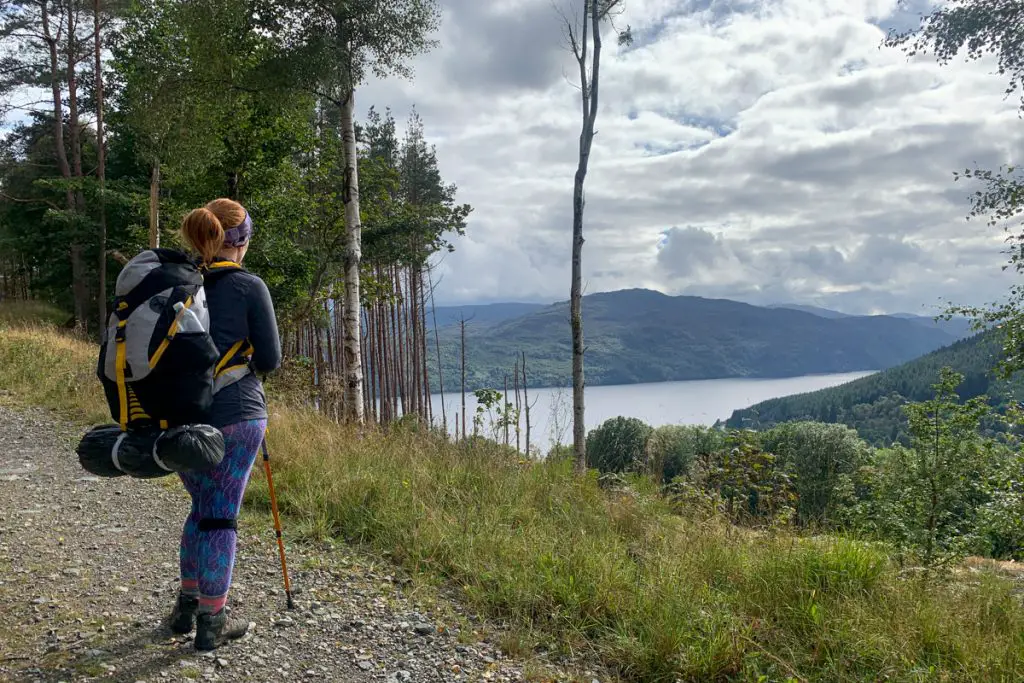
How to Choose Between The West Highland Way or The Great Glen Way
Terrain
The West Highland Way benefits from a varied trail that crosses moorland, steep rocky sections, forest paths and farm tracks. Although the section which follows the banks of Loch Lomond can be very rough on the knees, the terrain generally keeps the walk interesting.
The highest point of the West Highland Way is the Devil’s Staircase which sits at 550 m (1,800 ft) above sea level. For many hikers, this is also the most challenging part of the hike.

The Great Glen Way benefits from generally easier terrain. Most of the walk is made up of well-maintained paths which are also used by cyclists. There is more road walking than on the West Highland Way (although not so much that it should be a deterrent) and there are also more forest tracks.
The highest point of the Great Glen Way is 422m (1385 ft) above sea level. This is found the optional high route between Invermoriston and Drumnadrochit.
Trail Camaraderie
It is important to note that everybody’s trail experience will be different. Time of year, choice of accommodation and whether you hike solo are all factors that will impact the connections that you make on the trail.

From my own experience, I found the camaraderie on the Great Glen Way to be considerably better than on the West Highland Way. As the WHW is the more popular hike of the two, significantly more people are found on the trail. This offers less opportunity to make meaningful connections.
As the Great Glen Way is a quieter trail, you are likely to leapfrog the same people day after day, providing the opportunity to really get to know them. The availability of designated wild camp spots along the route also means that it is easy to run into people on multiple days.
For reference, I walked the Great Glen Way at the end of September and the West Highland Way at the end of October.
Scenery
There is no shortage of incredible vistas on both the Great Glen Way and the West Highland Way. However, if you know anything at all about Scotland, it is that the weather can and does change quickly. On some days, you could be walking through postcard-perfect scenery but not be able to see further than a metre ahead of you! (I have no photos of Glencoe for this reason!)
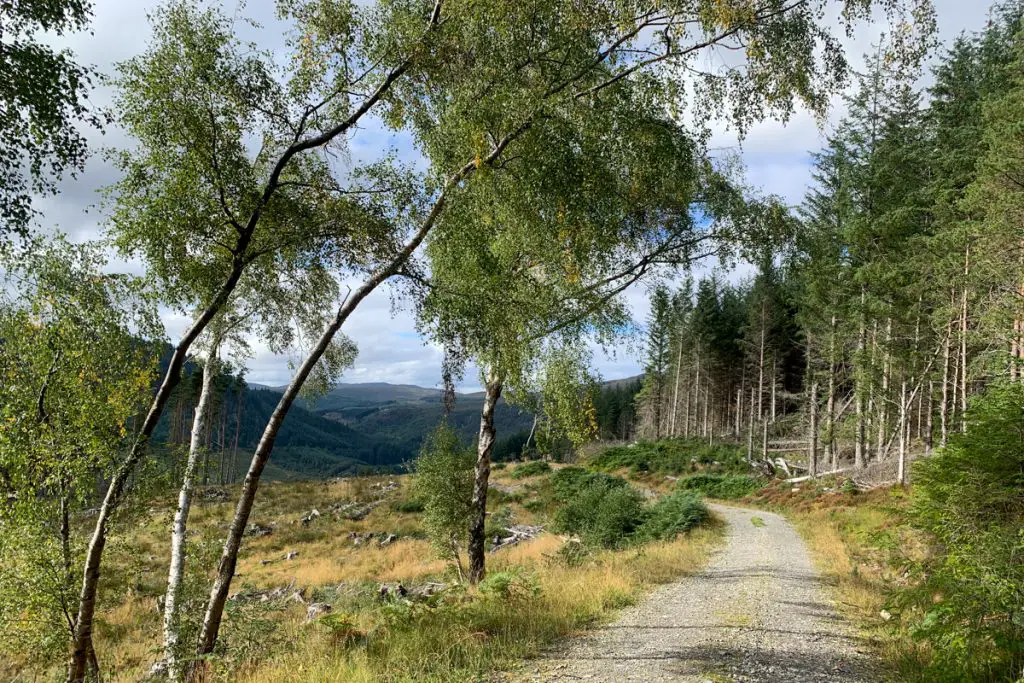
I loved the Great Glen Way because the forest is my happy place. This is arguably not where the best views on the trail are though. The vistas across Loch Ness are truly breathtaking and for many, the highlight of the scenery along the route.
The West Highland Way follows a more rugged route and arguably showcases some of the best scenery in the whole of Scotland. The wild desolation of Rannoch Moor is breathtaking and Glencoe is simply magnificent.
While it is tough to pick a favourite trail based purely on scenery, the West Highland Way probably just about pips it in my opinion.
Isolation
Although the West Highland Way arguably traverses through more isolated areas, the popularity of the trail means that you are very rarely alone. If you are somebody that craves a quieter trail experience, you’ll need to be up and away very early to miss the crowds.
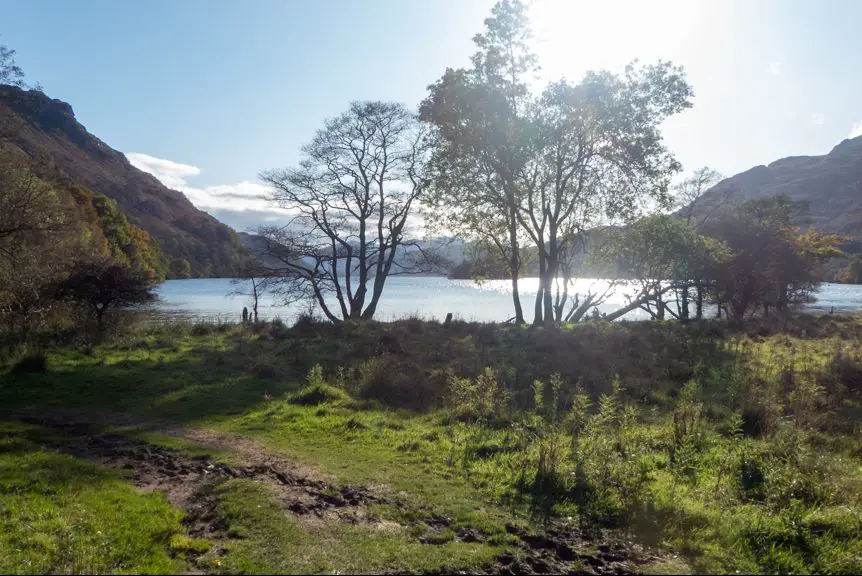
As much of the Great Glen Way route is used by cyclists, walkers, day-trippers and kayakers alike, you’re very likely to meet people en route. It is also easier to make friends with people completing the entire trail. This is because as fewer people traverse the route in its entirety, you’ll see familiar faces again and again.
Although both trails run through towns and villages with numerous facilities, neither is a real wilderness trail. For a more remote long-distance option in Scotland, opt for the Cape Wrath Trail. Be aware that this trail is only for very experienced hikers with good navigation skills.
Accommodation/Camping
On both trails, I combined wild camping with organised accommodation. There were two reasons for this. Wild camping helped me to keep my costs down and be more flexible with the distances I walked each day. Hostels and bunkhouses are great for those days when you’re craving a bed though!
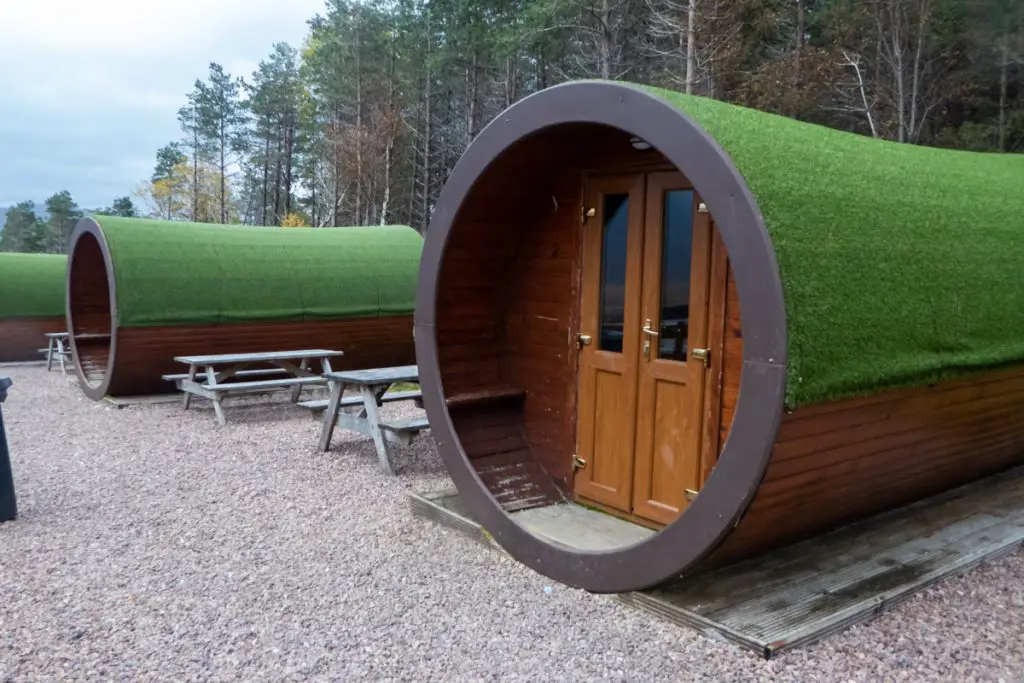
The West Highland Way has camping restrictions in place between March 1st to September 30th in and around Loch Lomond and The Trossachs National Park. This makes camping very difficult between the areas of Drymen and Rowardennan.
Outside of this area, wild camping is possible but there are lots of areas where this is logistically very difficult. The plus side is that the West Highland Way is served by a wealth of high-quality accommodation options which cater to all budgets. During the high season, all West Highland Way accommodation will need to be booked in advance.
Along the Great Glen Way, there is no wild camping permitted along the canal. However, to accommodate for the number of people walking the GGW, there are permitted wild camp spots (sometimes with firepits) along the route. Most of these are very well serviced, sometimes even providing toilet and shower access to key holders. (Please see my post on Walking the Great Glen Way for information about how to get one of these.)
Also read: Amazing Hiking Lunch Ideas.
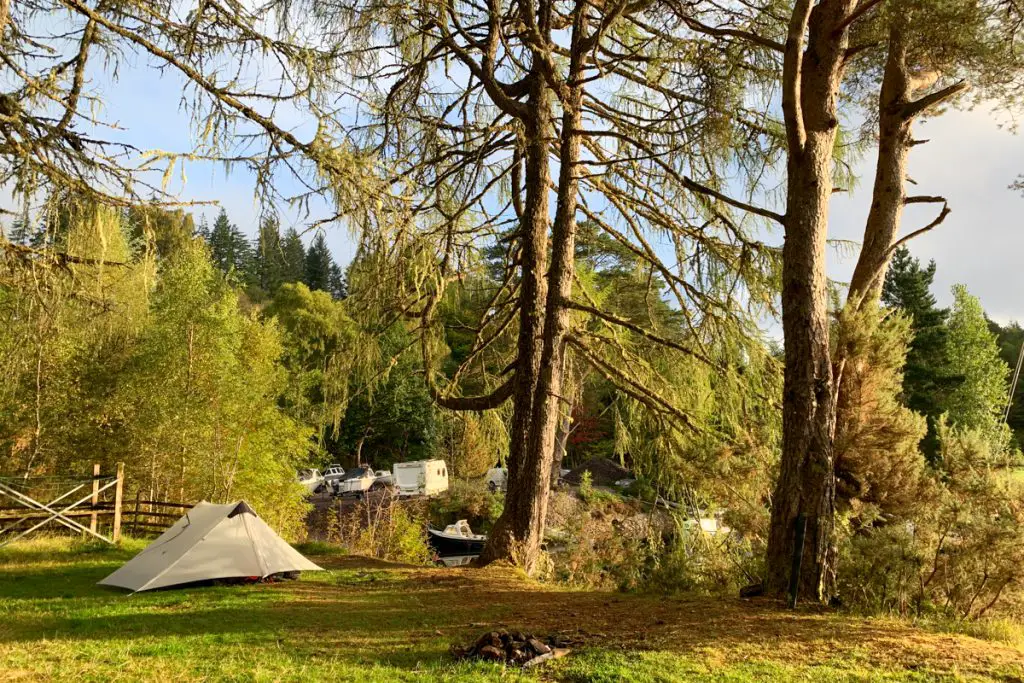
Accommodation is also available along the Great Glen Way, although budget-friendly options are not available in abundance as they are on the West Highland Way. If you are hiking on a shoestring, keep an eye out for hostels en route. light
Check for accommodation on Booking.com.
Challenge
The West Highland Way is the more challenging hike out of both options. There is more steep incline and decline and the terrain is rougher. However, with this challenge comes reward, making the West Highland Way one hike worth taking.
Although most people say that the Devil’s Staircase is the most challenging part of the route, I personally felt that the day spent trekking alongside Loch Lomond was much harder. The uneven ground required a lot of balance and as somebody who already suffers from weak knees and feet, it wasn’t long before my Achilles’ tendons became very strained and painful.
Despite the injury that I suffered early on in the hike, the West Highland Way is mostly a beginner-friendly hike. It’s incredibly well-signed and can be completed by somebody of a reasonable fitness level.

While the Great Glen Way still provides challenges, in my opinion, it is much easier than the West Highland Way. The trail undulates more and the biggest test of the route is mental rather than physical.
The canal paths pose little challenge for your body but the monotony of the flat repetitive trail can make it hard to get into the walking mindset.
Scottish midges are one nuisance that you will face on both trails. These blood-sucking insects frequent the West coast of Scotland and plague both trails. They are at their worst during the summer months so if you want to avoid them, consider taking on the trails out of season.
West Highland Way or Great Glen Way: My Verdict
Personally speaking, I enjoyed walking the Great Glen Way more than the West Highland Way. Of course, the fact that I was injured on the WHW will have tainted my view but I loved the sense of community that came from walking the Great Glen Way. The route itself was quieter and provided numerous wildlife spotting opportunities en route.
Despite this, I don’t regret walking the West Highland Way. It was an epic adventure and a great introduction to Scotland’s long-distance paths. If you were to ask me to recommend a trail to you, I’d probably say, why not both?
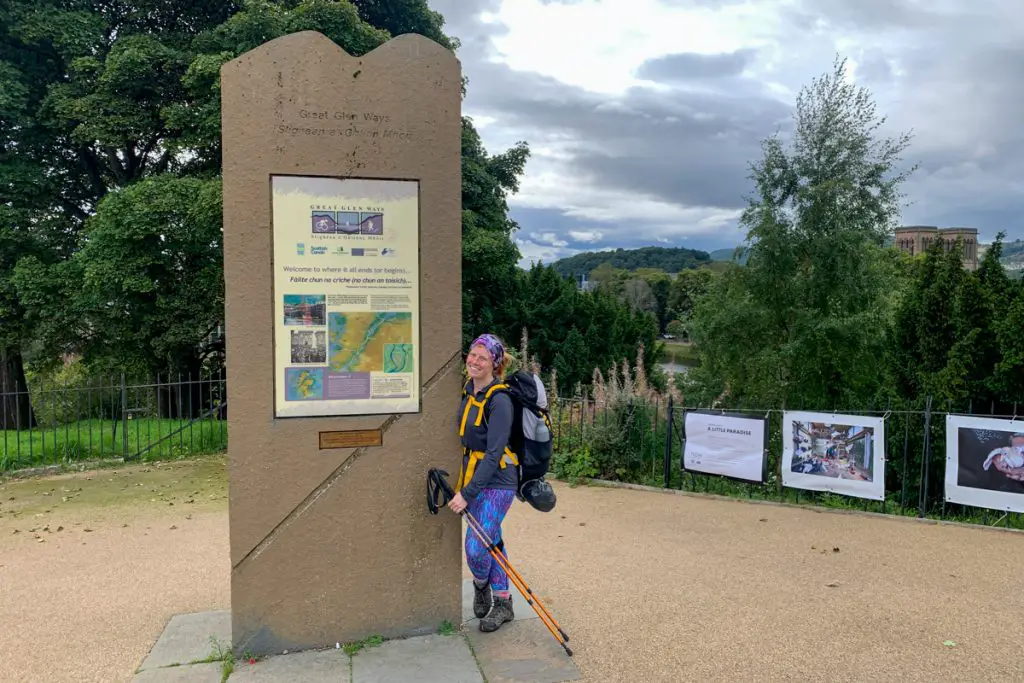
West Highland Way and Great Glen Way Combined
Although not a direct follow on, it is possible to walk the West Highland Way from Milngavie to Fort William and then pick up the Great Glen Way from Fort William to Inverness. If you still have some reserves in your tank, this is a great option that will give you the best of both worlds.
Don’t worry too much if you’ve just finished the West Highland Way and are feeling tired as the biggest challenges on the Great Glen Way come as you near Inverness. This will give you a couple of days to regain the strength in your legs before anything too taxing comes along!
Have you walked any of Scotland’s long-distance trails?

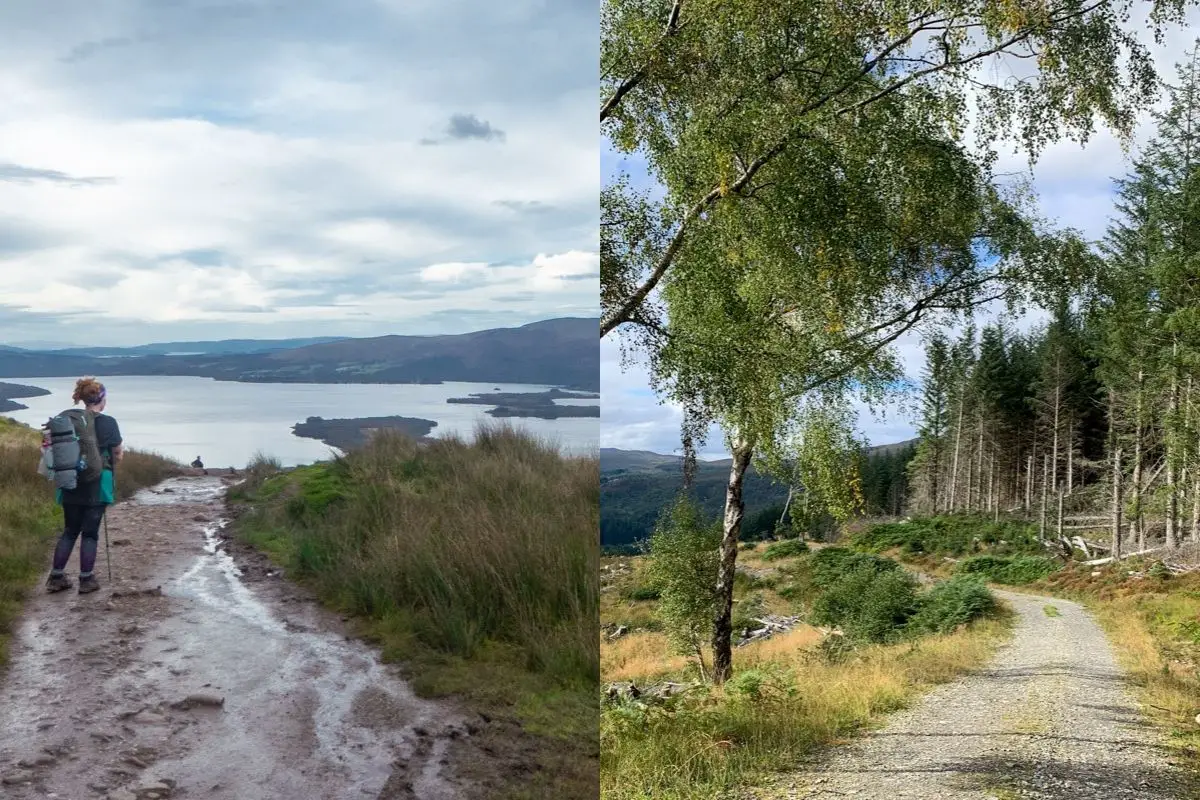

No contest, WHW everytime.
I found that the GGW wasnt supported as well as the WHW.
I got the impression it was a rushed bolt on to the WHW but i did enjoy parts of it. If its possible i would not stop at Drumnadrochit found it commercialy horrible. Come across so many people complaining about their accomadation being substandard.
Thanks for your comment George! The WHW is definitely better supported. I think maybe because I camped for the majority of the GGW I didn’t have the same experience in Drumnadrochit. Doing the hike out of season definitely helped too!
Having just walked the WHW for the 3rd time it’s my favourite 8 days of lovely weather started on 12th September and we were lucky to have just 10 minutes of rain and that was on the Kelvin Way as we started in Glasgow and great walk few blisters and knee pain . I think the hardest part is down Conic Hill and the climb out of Kinlochleven, devil’s staircase a gentle climb . Great walk great people met fantastic Scotland 🏴.
Hi Pauline, thanks so much for sharing your experience on the WHW! It sounds like you had a great hike 🙂 Hopefully, meet you on the trails someday!